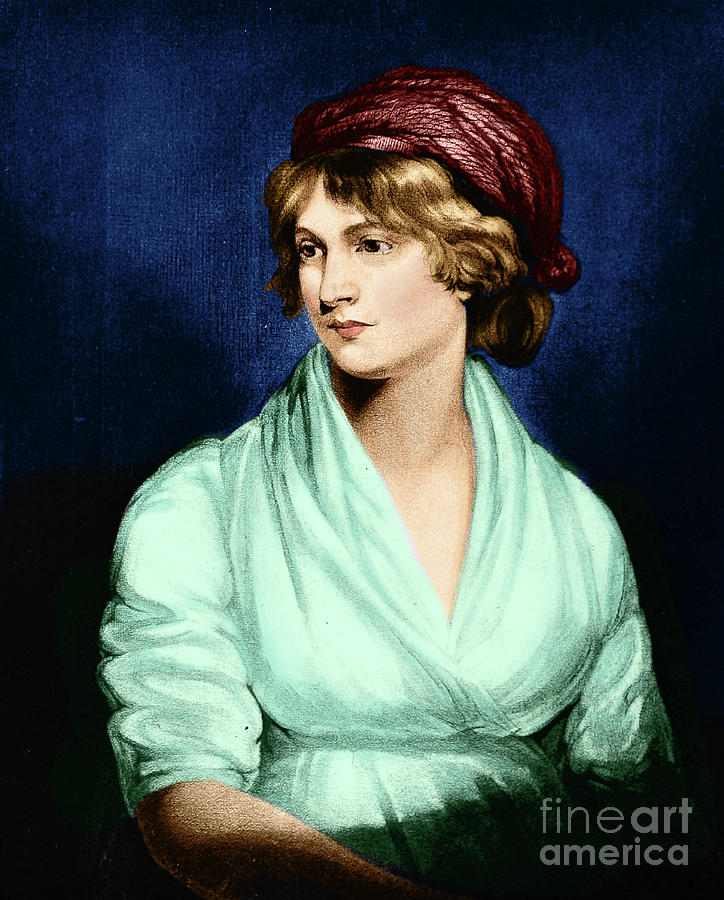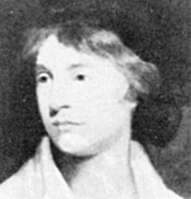

But the first work that garnered her reputation as a political writer from her contemporaries was A Vindication of the Rights of Men. In addition to Thoughts on the Education of Daughters, Wollstonecraft’s early publications included a novel ( Mary: A Fiction) and a children’s book ( Original Stories from Real Life). She first made her name as a political writer with A Vindication of the Rights of Men. She pressed the captain to collect the survivors, who would have drowned had they been left behind the captain was reluctant to bring them aboard, but Wollstonecraft persisted until he agreed. On Wollstonecraft’s return journey, the vessel she was on encountered another ship that was floundering. Sadly, both Fanny and her child died following the birth. In 1785, Wollstonecraft traveled by sea to Portugal to help look after Fanny Blood, who had moved there and was experiencing a difficult pregnancy. Wollstonecraft helped save the lives of passengers on a ship in distress. Wollstonecraft would go on to develop her philosophy of education in A Vindication of the Rights of Woman. According to author Vivien Jones, professor of 18th century gender and culture at Leeds University, it was a “conduct” book that “combine education with conduct and duty” it was written in an attempt to help Wollstonecraft escape the few jobs which were available to a woman in her position, like teacher and governess.

Mary published her thoughts on women’s learning a few years later in Thoughts on the Education of Daughters, her first book. Though she had little formal education herself, Wollstonecraft-who was just 25 at the time-opened a school in London with her sister Eliza and her closest friend Fanny Blood in 1784 they were later joined by another Wollstonecraft sister, Everina. She ran a school with her sisters and a female friend. “I have felt the weight, and would have you by all means avoid it.” 2. “Struggle with any obstacles rather than go into a state of dependance ,” she once wrote to a friend. (When she thought that he might lash out physically at her mother, Mary often stepped between them.) In her early twenties, she took on caring responsibilities for her mother and then some of her siblings becoming a writer helped her to earn a living and gain her independence. Mary Wollstonecraft had a difficult childhood.īorn in London in 1759 to Edward John and Elizabeth Wollstonecraft, the future author had a difficult childhood the family struggled financially, and her father was capable of being aggressive and violent. ‘A Vindication of the Rights of Men,’ ‘Vindication on the Rights of Woman’ġ.


 0 kommentar(er)
0 kommentar(er)
